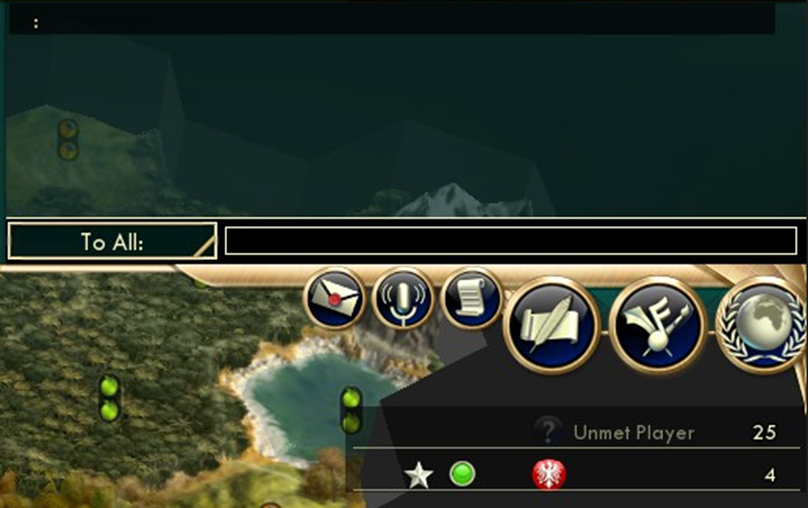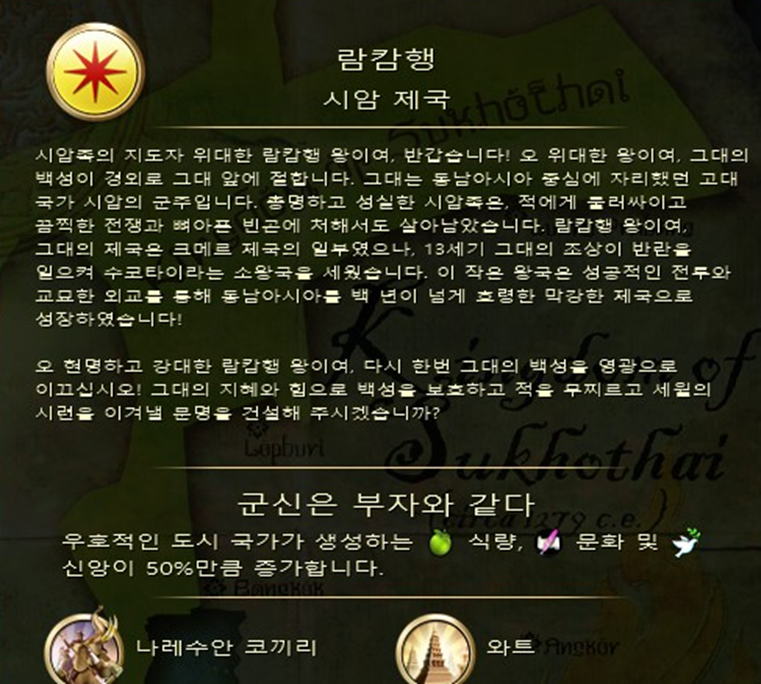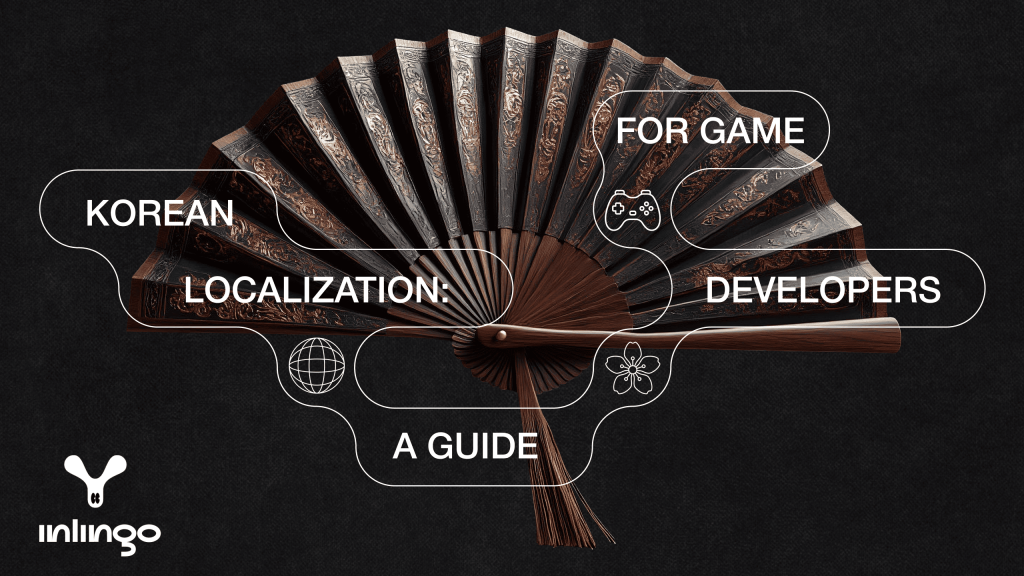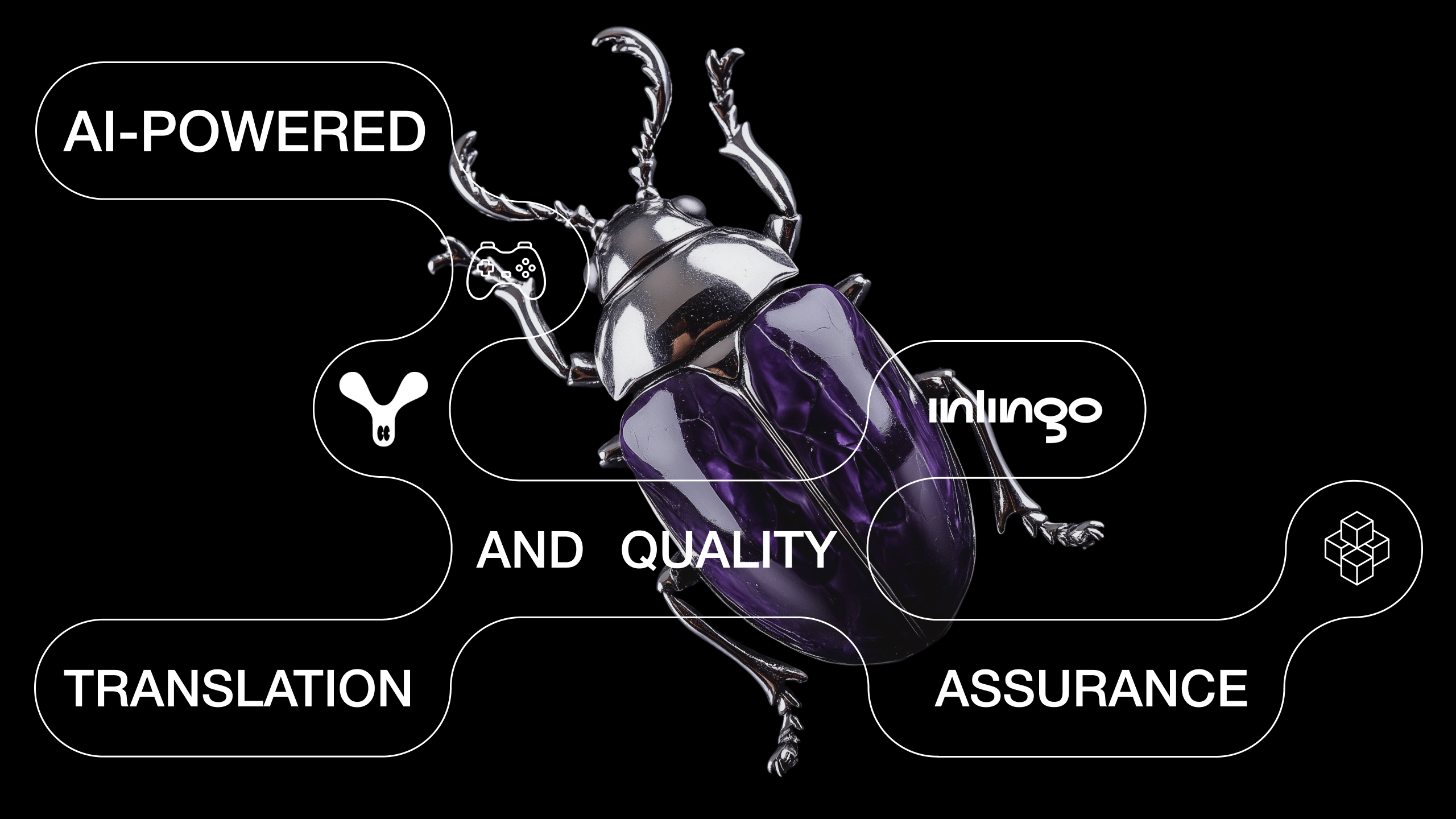Recently, the Korean game market has been gaining momentum. Quite often, you can find games from the southern part of the Korean Peninsula on the front pages of Steam or Epic Games. This is directly related to the rich game culture of the “country of cyberpunk,” with its endless internet cafes and record number of mobile game players. In this article, we explain how not to mess up when doing Korean localization —what cultural and linguistic nuances it’s important to consider to ensure your project can hold its own against local bestsellers.
Localization is a complicated and multi-layered process. Like any other language, Korean has a lot of linguistic nuances. Furthermore, South Korea has a unique culture that is important to consider during the localization process. If you only use machine translation, that may result in loss of players and low ratings. Let’s look point by point at what’s important to pay attention to in order to avoid angry reviews in stores.
1. Pronouns
In English, we often use pronouns: “How have you been?”, “What do you think about the deal?”. In both cases, Korean won’t use pronouns: 잘 지냈어? (“How have (you) been?”) and 제안은 어떻습니까? (“What do (you) think about the deal?”). Even the most popular phrase in the world—“I love you”—in Korean comes out as just one short word: 사랑해 (“love”). This may look strange at first glance, or even impossible—how can you talk without using pronouns? The answer is that Korean culture is highly contextual.
In Korean society, image — or “face” — is exceptionally important, which is why in the language it’s customary to avoid direct wording, including in address. If you directly address your interlocutor with a pronoun in a formal setting, it sounds rude. It is preferable to address them either by name, title, or another way depending on the situation.
The difference is stark, but how can it affect localization? Let’s take an example that’s closer to gaming:
Are you sure you want to exit?
정말로 종료하시겠습니까?
In the translation, there is no “you” pronoun, and that’s perfectly normal for Korean. So bear in mind, if all the pronouns have magically disappeared from UI strings, that’s just high contextuality and one of the key features of the Korean language.
2. Speech Styles
Asian languages often differ from European ones specifically in their style of speech. As an example, let’s look at another language that’s far from East Asia: Uzbek—it has both formal and informal styles of speech. The same is true for Korean, although in this case there are more levels—at least eight, of which four are in active use. However, even with those four, it’s easy to get confused.
At school, classmates will chat to each other informally. However, a pupil in a lower class will already address a pupil in a more senior class formally. The only exception would be for close friends. These nuances are founded on the basis of several factors—age, social status, job position, and family relations. Essentially, the level of formality of the interactions between people is preordained in Korean.
That’s why it’s very important to provide the translators with the necessary information—age, family relations, and job positions. If you accidentally end up with a young girl addressing her elder sister informally, or a boy being overly familiar with their grandfather, it will be a complete disaster. Especially if the characters are not archetypes of rebelliousness.
The most high-profile situation with Korean localization occurred in 2024 with the translation of the Chinese gacha game Wuthering Waves. Korean players complained of the poor overall quality of the translation and accused the developers of using North Korean sayings.

In the screenshot, we can see a notification from that game: “You have left the mission zone. Please return as soon as you are able to.” The problem is that the phrase uses a very polite form that isn’t considered appropriate for this kind of string. As a rule, this type of address is only found in documents or very formal conversation. In games, it’s better to take a step down and say: 임무 구역에서 이탈했으니 최대한 빨리 복귀하세요. This is less formal and more appropriate.
3. Word Order
The Korean language is agglutinative. This means that sentences are for the most part constructed by placing suffixes and endings on words. If we compare it with English
then, for example, the phrase “under the table” will translate to Korean as 책상밑에—after the word “table,” we find a suffix that means “under.”
Why is this important for localization? It’s not unusual in game translation to have phrases split over several strings. Let’s imagine we have a banner where the phrase has been split into three strings because of character limits:
Take part
right now
to win!
It’s important to understand that maintaining the same word order in Korean will be impossible. That’s why it’s vital to give translators the context of strings like this. The best translation option in this case would look like this:
지금 바로 (Right now)
참여하고 (take part)
승리하세요! (to win!)
4. Infinitives
When translating from English, particular attention should be paid to strings where the imperative or infinitive forms of the verb are used. In English, these forms can often sound the same, while in Korean if they are mixed up, the phrase will sound extremely strange.
For example, if in English we see the phrase “Take part” with no context, is it a button or a banner? If it’s actually a button and the translator thinks it’s a banner, then we’ll get 참여하세요 instead of the correct 참여. Even just visually, we can see that something’s not right.
5. Naming
In Korean, naming has a lot of nuances. Basically, the best option is transliteration, as Koreans always use Hangul—the Korean alphabet—in everyday life. Any new name, even before it’s been translated, will already have spread across chat rooms and comments in transliterated form.
If the game is Chinese or Japanese, however, it’s more logical to translate names because, despite the minor differences in pronunciation, the origins of many words are the same. This is connected to the fact that all three languages use (or, in the case of Korean, once used) Chinese characters.
English names, on the other hand, are most often transliterated. This type of linguistic borrowing is very widely practiced. Koreans aren’t ashamed of this and even consider it fashionable. There are times when native Korean words are purposefully replaced with foreign transliterations.
However, there are some popular names that remain in English, e.g. Star Wars, Starbucks, or McDonald’s. Koreans will actually transliterate them too, and the only reason they are officially written in English is their massive international popularity.
One other exception for transliteration is abbreviations. In theory, they can be translated into Korean, but it’s quite difficult and most people won’t bother. Korean abbreviations are most often found in the formal names of ministries and other serious organizations.
6. Slang
When localizing games into Korean, the age of the target market is a major factor. For example, Korean youth widely use internet slang and loan words from English, but the older generation prefer native Korean equivalents.
For example, let’s take the notation ㅇㅋ, which is often used by young Koreans. In reality, this is just a scramble of letters and not a word, so it’s impossible to read. ㅇㅋis a visual imitation of “OK” in English. The second symbol ㅋ is the Korean letter K. For the older generation, the more widespread equivalent would be the standard 좋아요, which literally translates as “good.”
These peculiarities are particularly important when translating dialogue. For example, as mentioned previously, Koreans love to use English words in their language, but this is a fashion among the younger generation. If your character is younger and they are talking about their priorities, they are more likely to say 워라벨 (a Korean abbreviation from the English “work-life balance”). But if the character is older, they’ll say something like 일과 생화의 균형, which is a literal translation.
7. The Plural
The plural form may seem to be an absolutely vital part of any language, but that’s not entirely true. In Korean, for example, it’s used extremely rarely. When you translate two similar strings where the only difference is number, then there is probably no need to differentiate them.
For example, “shotgun” and “shotguns” will both be 산탄총. You can add the plural suffix and write 산탄총들, but in short phrases it will look unnatural and forced. Korean native speakers will think that it’s either a machine translation, or that the translator was forced to do it for some reason. In any case, it will prompt questions.
8. Variables
In Korean, it’s very important to be careful with variables, as there are several nuances regarding their use. First, it’s often quite difficult to keep the same order of variables. This is connected to the fact that Korean often has a different sentence structure to the source language. For example, let’s take a sentence split over several strings:
Win
and receive
{1}!
승리하고
{1}(을)를
받으세요!
As you can see, the variable has moved in Korean to the second string. It is worth bearing this in mind and remembering that the variable may not end up in the position that you need. Furthermore, there are now also parentheses in the second string—(을)를—containing the accusative case ending. Case endings in Korean often have two forms, which change depending on which letter precedes the ending—a vowel or a consonant. It’s important to remember that careless use of one specific ending can lead to errors, as the variable may end with a different letter.

Here’s an example of the use of variant endings in Sid Meier’s Civilization V. In this sentence, there are even two such forms, as the first word is the name of a town (of which there are many), and the second word with parentheses represents a unit crafted in the town (for which there are also many options).
9. Punctuation
Punctuation is another area in which Korean differs significantly from many Western languages. Koreans use commas rarely, dashes even more rarely, and colons almost never. This feature mostly applies to full sentences. It’s worth bearing in mind, for example, when working with character dialogue, achievements, and item descriptions. However, if we’re talking about statistics, then colons are absolutely appropriate.
It’s important not to forget that punctuation in Korean is different from standard English. For example, the phrase “However, Korean—one of the most spoken languages globally—is very interesting!” will look like this:
그렇지만 한국말은 전 세계에서 가장 많이 쓰이는 언어 중 하나이며, 대단히 재미있는 언어군요!
In the Korean version, the dashes and comma after “however” have disappeared, while another comma has been added.
Koreans love using the tilde (~), which isn’t often seen in other languages. It’s most often seen in the dialogues of characters who are chatting pleasantly or enjoying something very much, like a glass of soju, for example.
The tilde can also be used when indicating a range of values, e.g. 15~25 gems.
There are also strict rules governing the use of inverted commas. Koreans prefer straight quotes, but they use both single and double quotes. What’s more, each has their own area of responsibility. Single quotes are normally used to put an accent on a word or name. Double quotes are used for phrases of direct speech within a sentence.
10. Fonts
When it comes to fonts, Korean letters can be very capricious. This is because the characters of the Korean alphabet combine to form syllables. If you want to say “rock,” then in Korean you use three letters—ㄹ ㅗ ㄱ—that combine to form the syllable 록. There are thousands of such syllables, so it’s very important to choose fonts for which all combinations are encoded. For example, the Nanum font family. Otherwise, there’s a chance that some syllables just won’t load in the game.
It’s also worth being very careful with italics and bolding, as these effects often work badly with Korean letters. If you want to emphasize a particular section of text, it is better to use highlighting or underlining.
In the fifth part of the series Side Meier’s Civilization, the English version of the game doesn’t support Korean characters at all. If you have a nickname in Korean or you write in Korean in the chat, then players of the English version will just see blank space.

Nonetheless, if you change the language to Korean, you’ll find a different problem — the font. On the one hand, it supports all characters, as it’s one of the Korean fonts specially developed for Windows—Malgun Gothic (맑은 고딕). However, this font is best not used for games, as it can look squashed.

Some syllables are difficult to read, as can be seen in the screenshot. What’s more, to the Korean eye, this font is quite boring and tasteless.
If you’re planning to launch in the Korean market, the Inlingo team will be happy to help. We take linguistic and cultural sensitivities into account in order to avoid problems and ensure a warm reception among Korean players.



